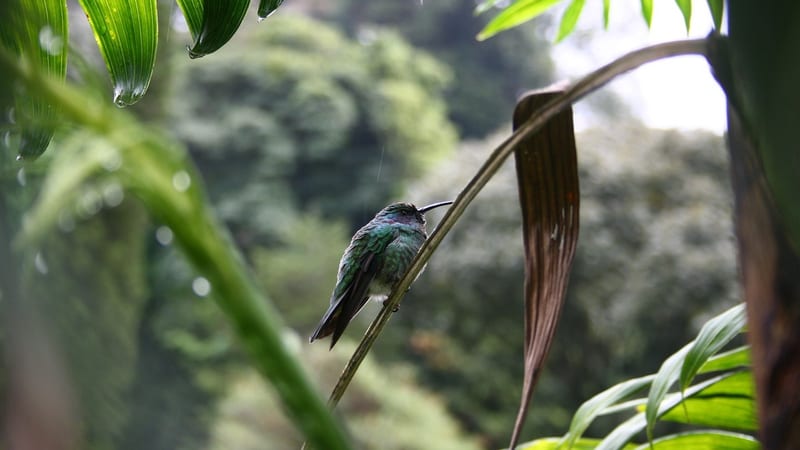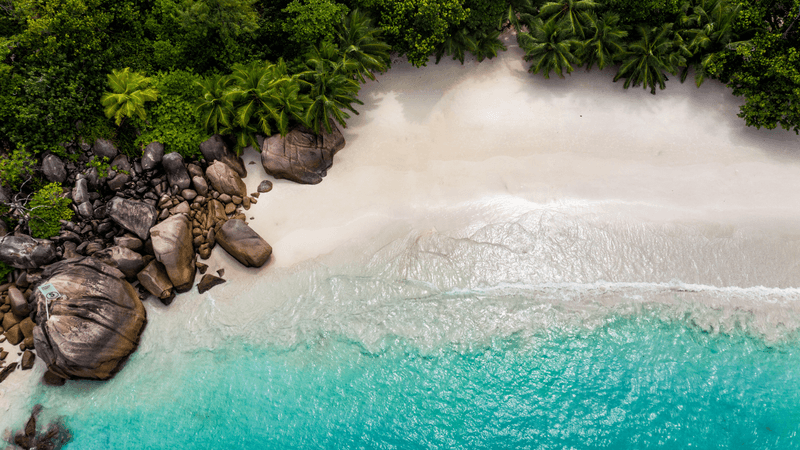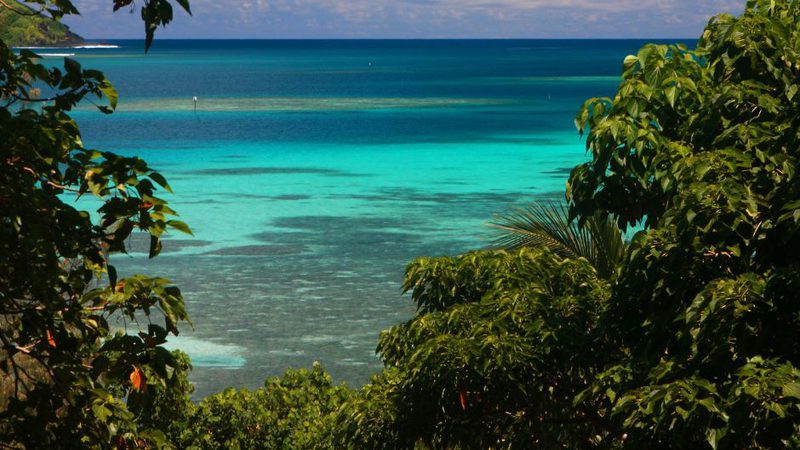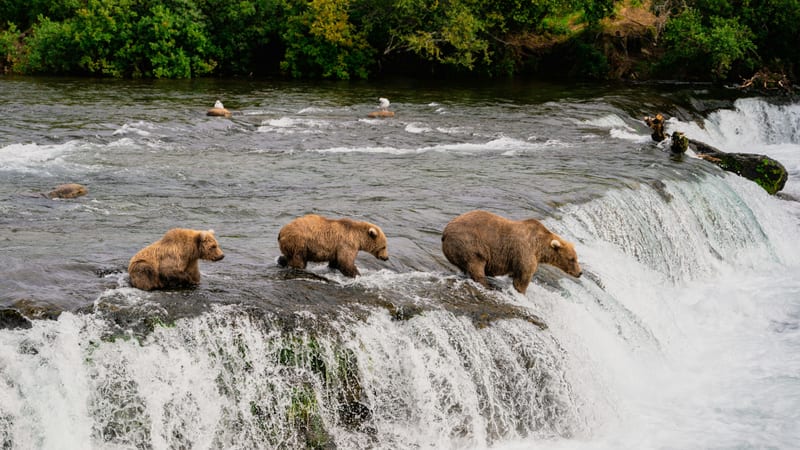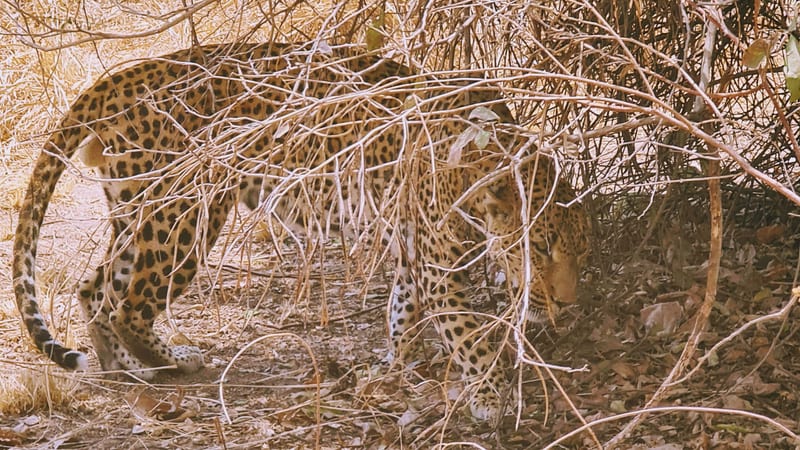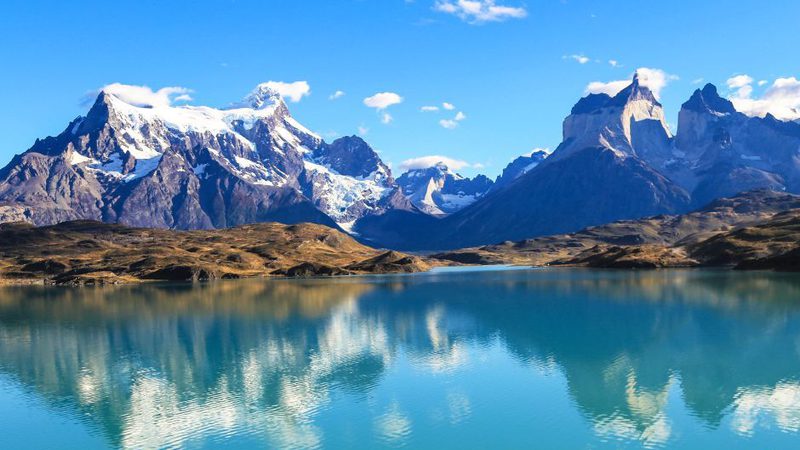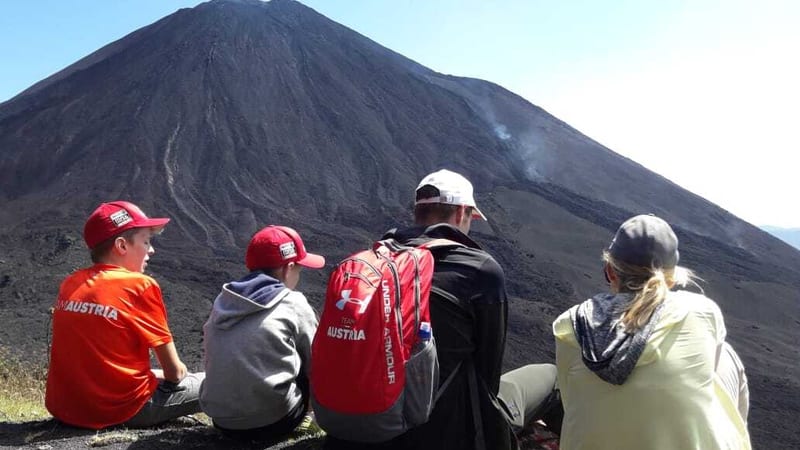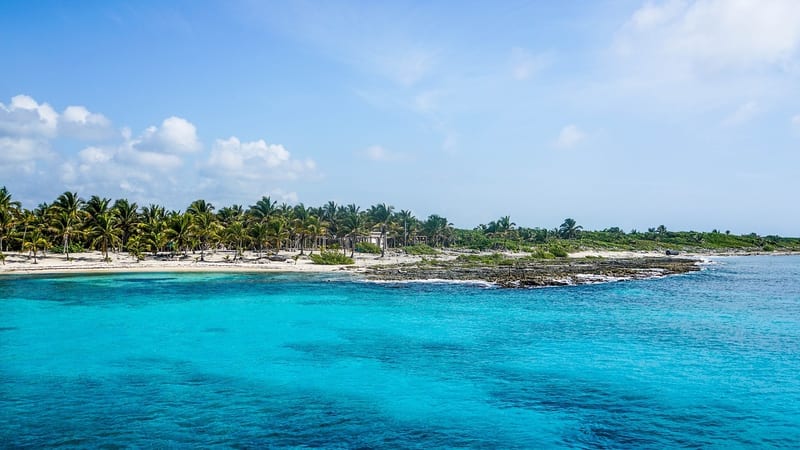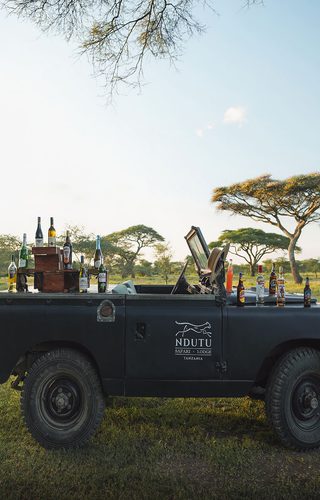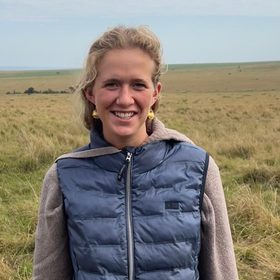Nduta Safari Lodge lies in the shade of giant acacias and overlooks a beautiful soda lake.
Location: Ndutu Safari Lodge is located in the southeastern corner of the Serengeti National Park, within Tanzania's Ngorongoro Conservation Area. Located beneath a copy of acacia trees, the lodge overlooks the seasonal Lake Ndutu and the expansive short-grass plains. This prime location places guests in the heart of the calving grounds during the Great Wildebeest Migration, offering unparalleled wildlife viewing opportunities, especially from December to May.
Rooms: The lodge comprises 34 stone-and-thatch cottages, each designed to blend harmoniously with the natural surroundings. Accommodations range from double and twin rooms to triples and a family cottage, all featuring en-suite bathrooms with hot showers and flushing loos. The interiors are simply furnished with polished concrete floors, mosquito nets, and private verandas that provide views of the abundant wildlife that frequents the area.
Amenities: Ndutu Safari Lodge offers a range of amenities to enhance guests comfort and experience. The main lodge area includes a cosy bar and dining room, where guests can enjoy hearty meals prepared with fresh ingredients. A small shop on-site sells locally made crafts, supporting community artisans. Additional facilities include a spa offering a selection of treatments, a gym for those looking to stay active, and a lounge area where guests can relax and share stories by the fire.
Activities: The lodge provides a variety of activities to immerse guests in the surrounding wilderness. Guided game drives offer opportunities to witness the rich wildlife of the region, including lions, elephants, and a myriad of bird species. For those after a more intimate connection with nature, walking safaris are available, led by experienced guides. Additionally, guests can enjoy bush meals, cultural visits to nearby communities, and, during certain season, hot-air balloon safaris that provide a unique aerial perspective of the plains.
Sustainability: Ndutu Safari Lodge is committed to sustainable practices that minimise its environmental impact. The lodge uses solar energy for hot water and employs water-saving measures to conserve resources. Waste management practices are in place to reduce pollution, and efforts are made to support local communities through employment and sourcing of goods. By integrating these sustainable practices, the lodge ensures that guests can enjoy a comfortable stay while contributing to the preservation of the surrounding ecosystem.
Best places to stay in Serengeti Safaris
Serengeti Safaris Trip Inspiration
When to visit Tanzania
Find out the best time to visit Tanzania with our month by month guide.
- Best
- Good
- Mixed
- Jan
- Feb
- Mar
- Apr
- May
- Jun
- Jul
- Aug
- Sep
- Oct
- Nov
- Dec
January
January is mixed when it comes to weather, temperatures rise whilst the chance of rain and humidity increases. It is still a good time to go, as the rates are lower yet the game viewing is still excellent.
- During this time migratory herds are in the Serengeti for calving season, meaning the Ndutu plains are busy.
February
The weather remains hot with a chance of rain in February.
- Meanwhile in the Ndutu Plains the migration is still occurring.
March
March is the calm before the storm, before heavy rains and humidity builds. Visitors can take great advantage of lower rates during the low season.
- Migrating herds start to leave Ndutu, heading West towards Grumeti.
April
April experiences continued periods of heavy rain, we would advise against travel due to the conditions.
May
During may there is periods of heavy rain, we would advise against travel due to the conditions.
June
June heralds the wet season, bringing lush green vegetation which can make spotting game more difficult. It is a particularly great time for birders as parks become populated by migratory birds especially in the South.
- Migration is still in the Grumeti area, heading north.
July
July is the start of peak season, temperatures reach up to 30 degrees and the surrounding land becomes drier and spotting game is becoming easier.
- The migration is in the Northern Serengeti moving towards Kenya.
August
August is peak season, with bush land drying out game spotting becomes much easier. If you want to experience Tanzania game at its best, August is the time to travel.
- The migration still remains in the north.
September
Peak season continues in September, the Northern circuit can be very busy, if you want to avoid crowds it's best to visit the southern parks.
- The end of the migration is still in the north with herds on both side of the Kenyan and Tanzanian borders.
October
Peak season continues into October with good game viewing in the Serengeti and southern parks.
- The migration has now crossed over into Kenya.
November
November is the start of the rainy season, the rains tend to be overnight so it is still a popular time to travel. During this month you can take advantage of low season rates.
- Migration crossing over into the Serengeti can be seen a the Tanzania and Kenya border.
December
Rains continue in December, whilst the temperature and humidity start to build. Venturing out on safari is generally good, with large game still easily spotted.
- Migrating herds in the north travel south back to Ndutu.
Speak to a Tanzania expert today
and start planning your tailor-made vacation

Alistair





